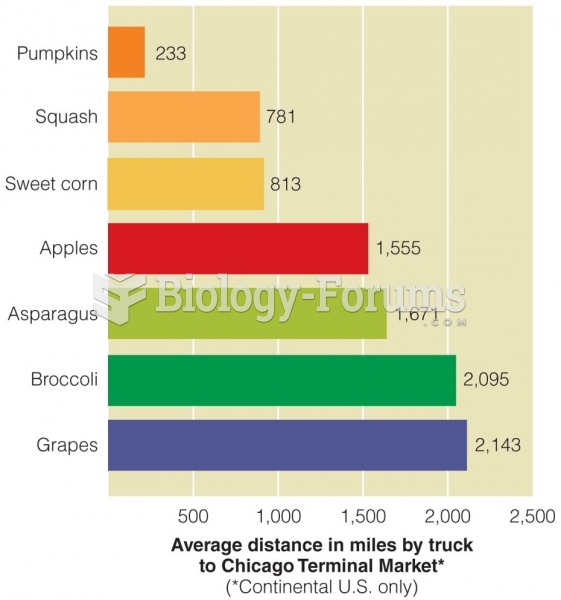Answer to Question 1
Some dietary fibers dissolve in water (soluble fibers), form gels (viscous), and are easily digested by bacteria in the colon (fermentable). Commonly found in oats, barley, legumes, and citrus fruits, soluble fibers are most often associated with protecting against heart disease and diabetes by lowering blood cholesterol and glucose levels, respectively.
Other fibers do not dissolve in water (insoluble fibers), do not form gels (non-viscous), and are less readily fermented. Found mostly in whole grains (bran) and vegetables, insoluble fibers promote bowel movements, alleviate constipation, and prevent diverticular disease.
Answer to Question 2
Dietary fibers are the structural parts of plants and thus are found in all plant-derived foodsvegetables, fruits, whole grains, and legumes. Most dietary fibers are polysaccharides. As mentioned earlier, starches are also polysaccharides, but dietary fibers differ from starches in that the bonds between their monosaccharides cannot be broken down by digestive enzymes in the body. For this reason, dietary fibers are often described as nonstarch polysaccharides
Some dietary fibers dissolve in water (soluble fibers), form gels (viscous), and are easily digested by bacteria in the colon (fermentable). Commonly found in oats, barley, legumes, and citrus fruits, soluble fibers are most often associated with protecting against heart disease and diabetes by lowering blood cholesterol and glucose levels, respectively.
Other fibers do not dissolve in water (insoluble fibers), do not form gels (non-viscous), and are less readily fermented. Found mostly in whole grains (bran) and vegetables, insoluble fibers promote bowel movements, alleviate constipation, and prevent diverticular disease.
As mentioned, dietary fibers occur naturally in plants. When these fibers have been extracted from plants or are manufactured and then added to foods or used in supplements, they are called functional fibersif they have beneficial health effects. Cellulose in cereals, for example, is a dietary fiber, but when consumed as a supplement to alleviate constipation, cellulose is considered a functional fiber. Total fiber refers to the sum of dietary fibers and functional fibers.







